[Duke Farms] was opened to the public on May 19, 2012, and has been among my favourite spots for photography for many years. Located in Hillsborough Township New Jersey the Duke Farms estate was created by an American entrepreneur James Buchanan Duke who founded Duke Power and the American Tobacco Company. After the passing of James' daughter, Doris, the property was put under the management of the Doris Duke Foundation.
I have walked the property independently and with a group of photographers. In January, I exposed a roll of Eastman Kodak Double-X 5222 black and white film at Duke Farms, which I mailed off to Boutique Film Labs to be developed in February. The negatives were returned in March, so I still had Duke Farms on my mind in April when the weather improved. The weather forecast called for partially cloudy but sunny dies with crisp cool air temperature for the upcoming Saturday. During the early days of the global pandemic, when residents were desperate for outdoor spaces to fend off the prison feelings from the lockdown, the park would fill with people. This created social distancing issues. Duke Farms implemented a pre-registration process for parking and to limit the number of people on the property at any one time. I suggested to Bhavna that we get one of the free parking passes and go for a walk around the property.
According to Wikipedia.
Starting in 1893, "Buck" Duke started to buy land next to the Raritan River in rural New Jersey. His vision was to create a farm similar to those in North Carolina where he had grown up. He engaged a number of architects and engineers to fulfil his dream, including Buckenham & Miller, James Leal Greenleaf and Elizabeth Biddle Shipman. Eventually, he had assembled about 2,700 acres (11 km²) of farm and woodlands that contained 45 buildings, 9 lakes, 18 miles of roads, 810 acres of woodlands, 464 acres of grassland bird habitat and 1.5 miles of stone walls.
Duke died in 1925, and his 12-year-old daughter, Doris Duke, gained control of the property after suing her mother, who had wanted to sell it. She restored it and moved in at the age of fifteen. She was very invested in the property and made it her main residence. She incorporated innovative ecological farming methods she learned from Louis Bromfield's Malabar Farm. Starting in 1958 she created and designed over a five-year period a unique botanical display in the Horace Trumbauer conservatory and greenhouses known as Duke Gardens. Duke Gardens opened to the public in 1964. Doris Duke died in 1993.
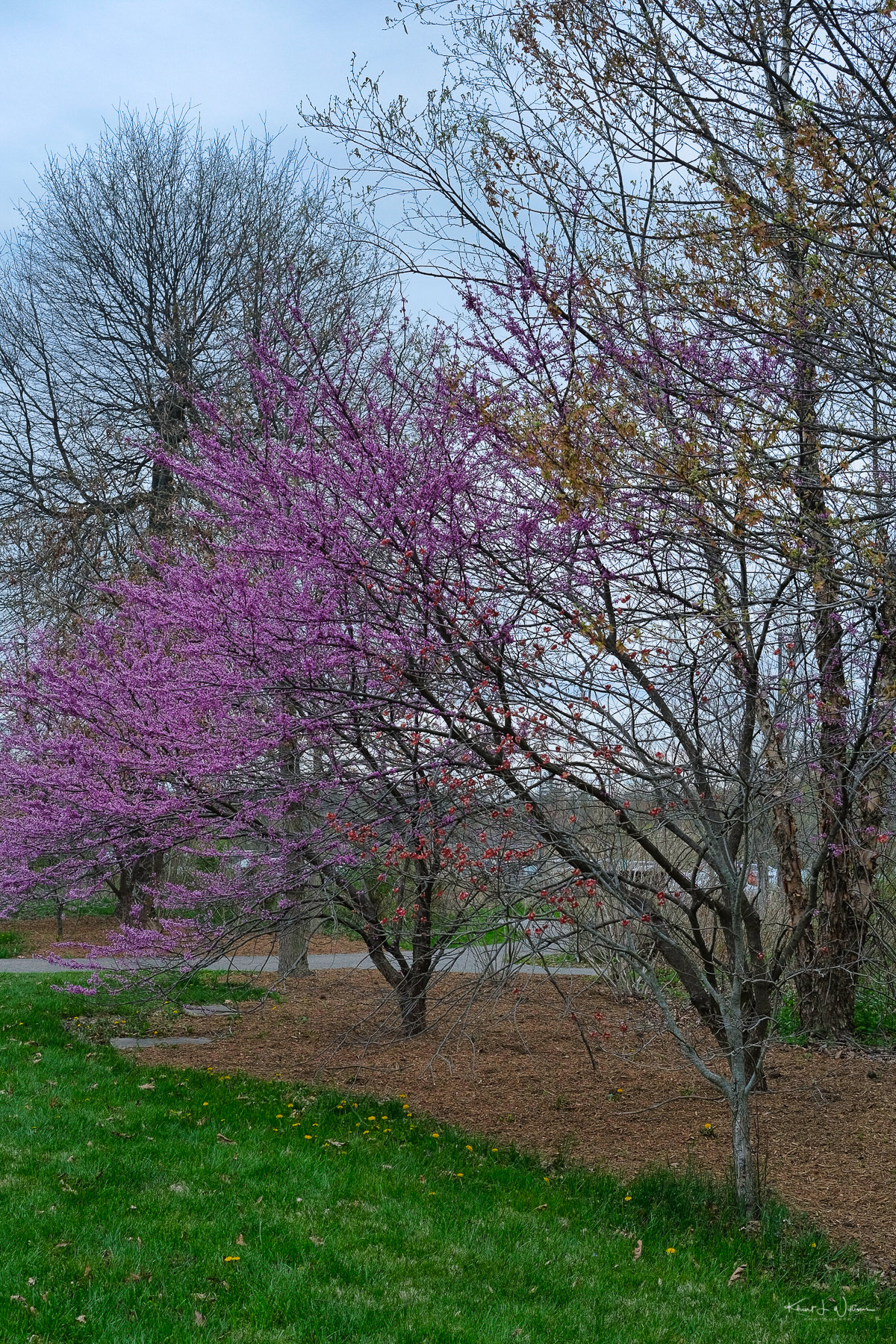
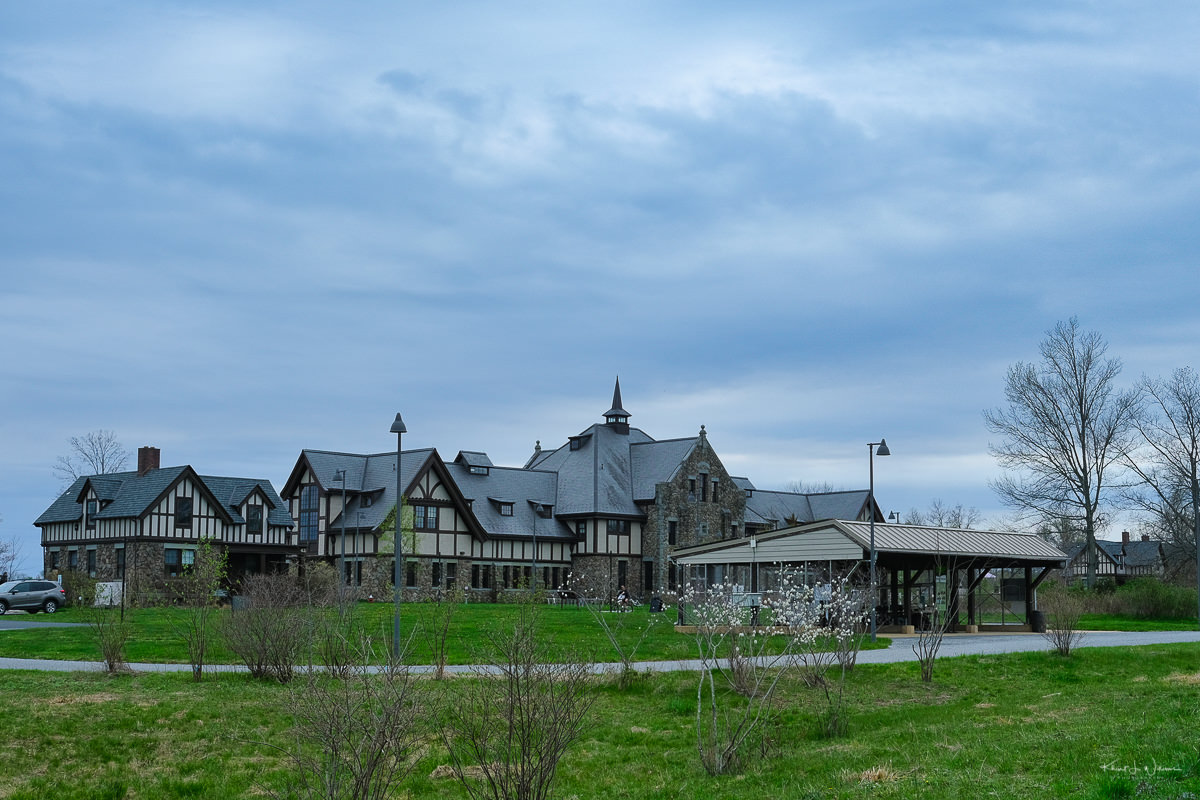
When we arrived, the parking lot was nearly full. We were not the only ones who thought a walk in the park was a great idea. When I described Duke Farms to Bhavna, I learned that she had never visited the property. There are so many small and large trails on the property that I didn't know if I should take Bhavna along the routes I have previously walked or do something new. I opted for something new. We walked around the larger outer loop.
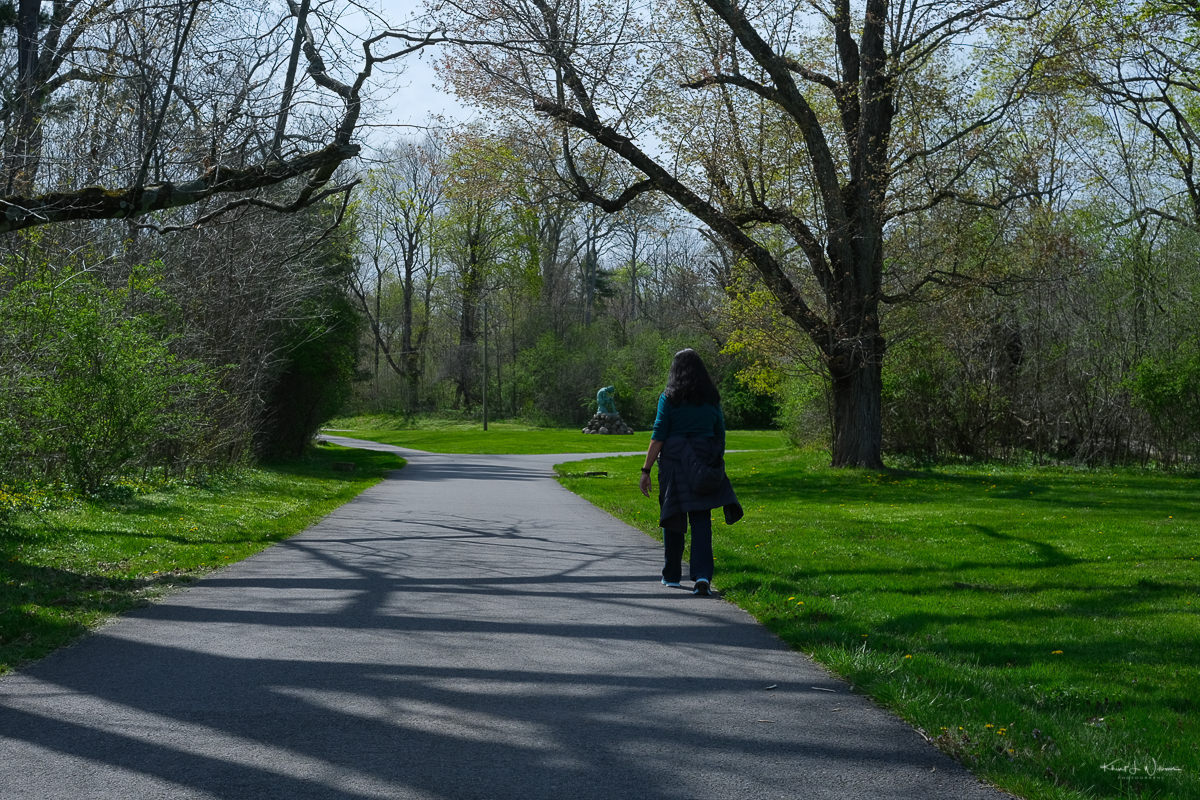
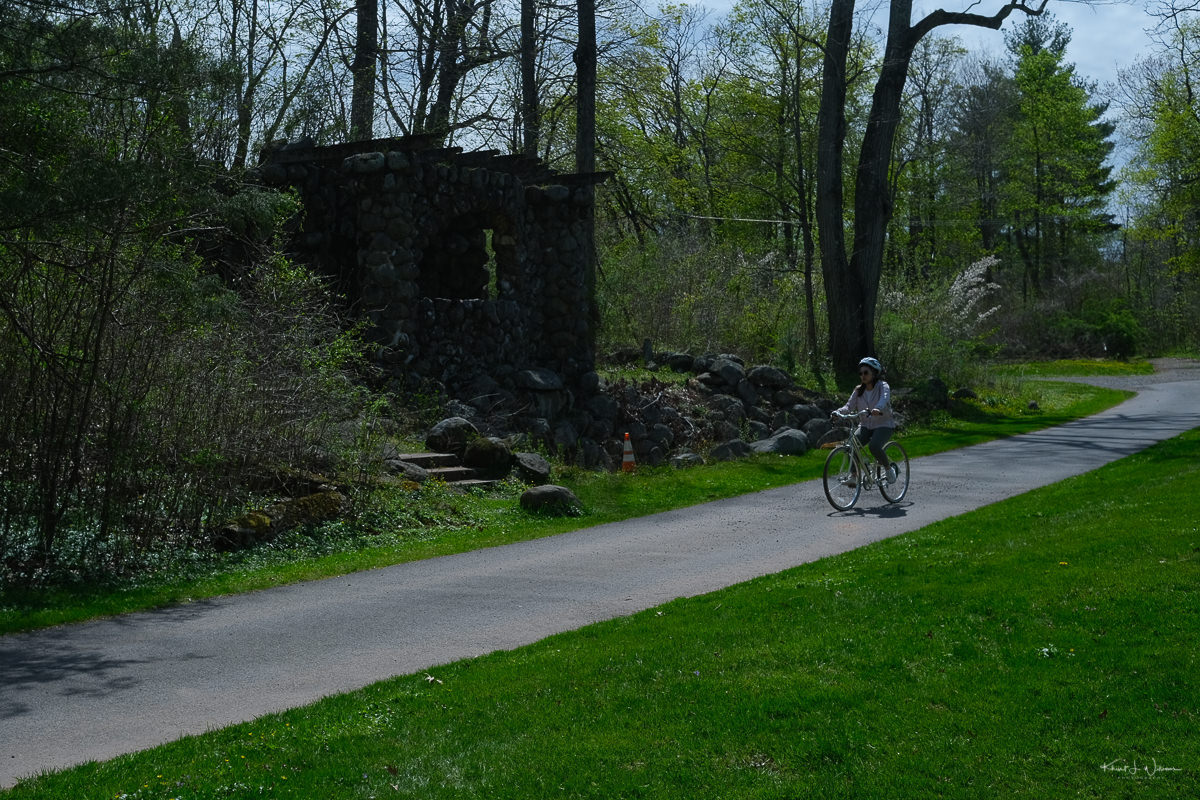
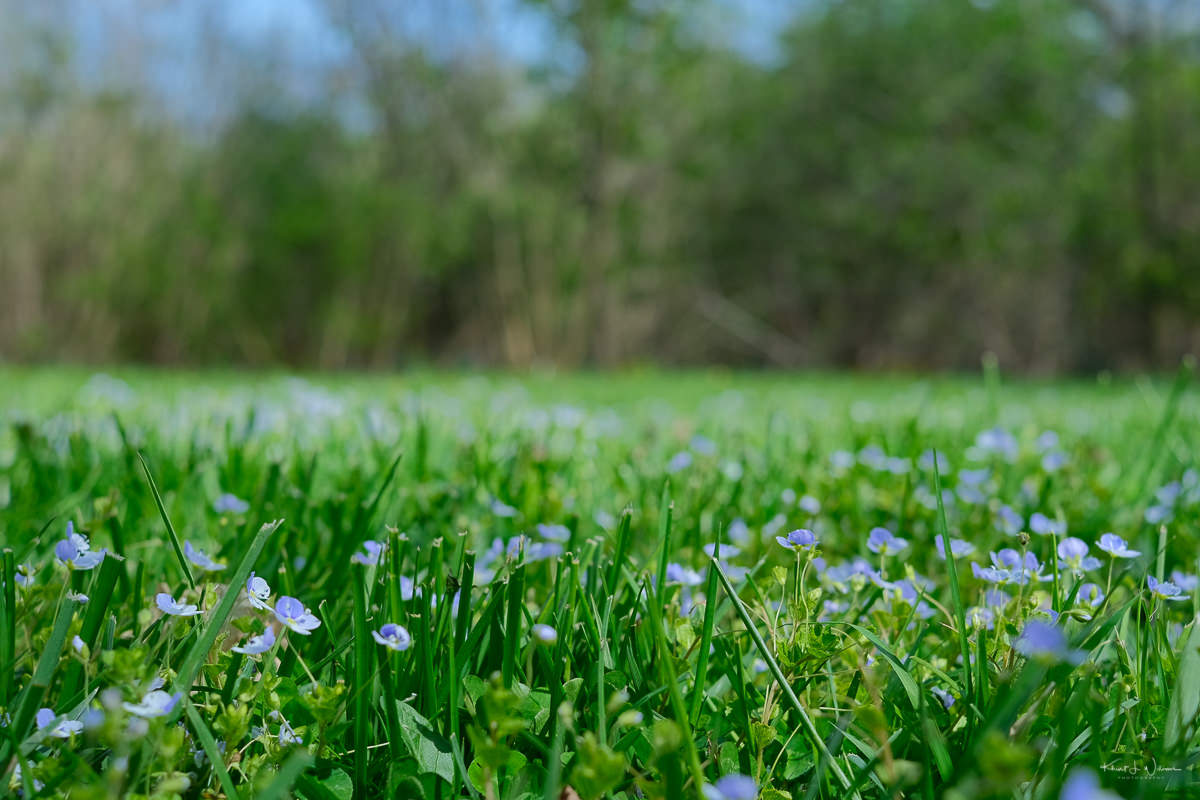
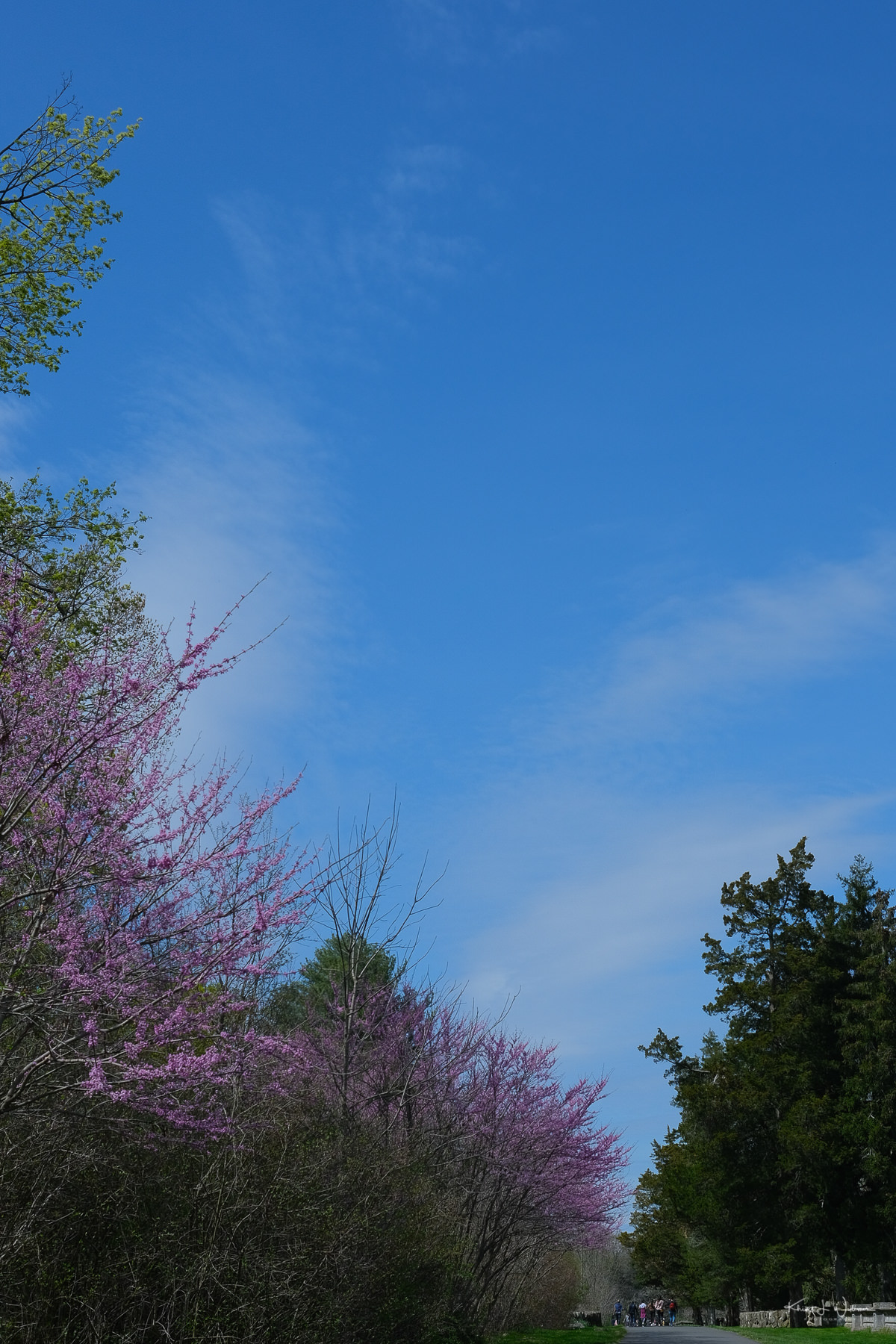
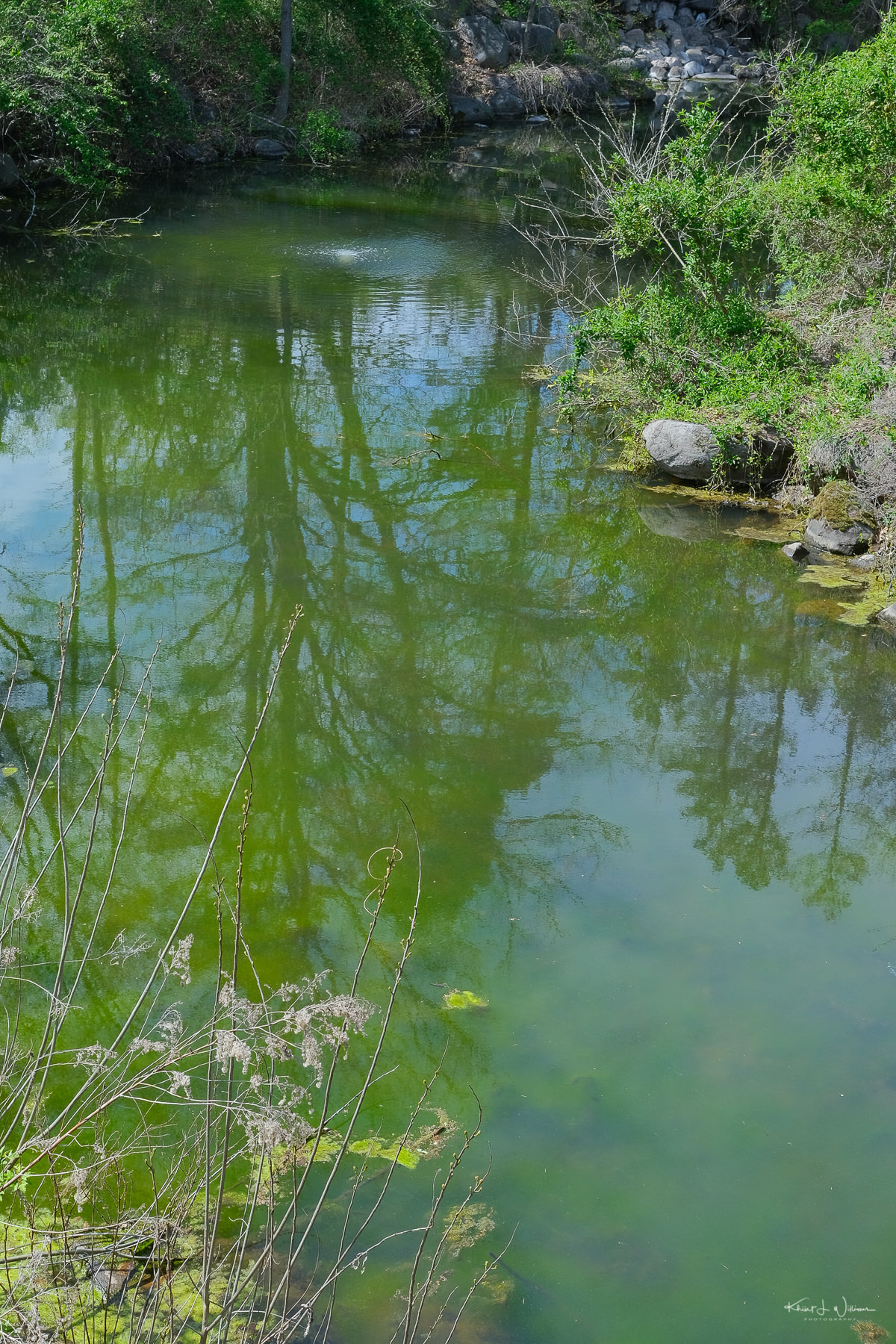

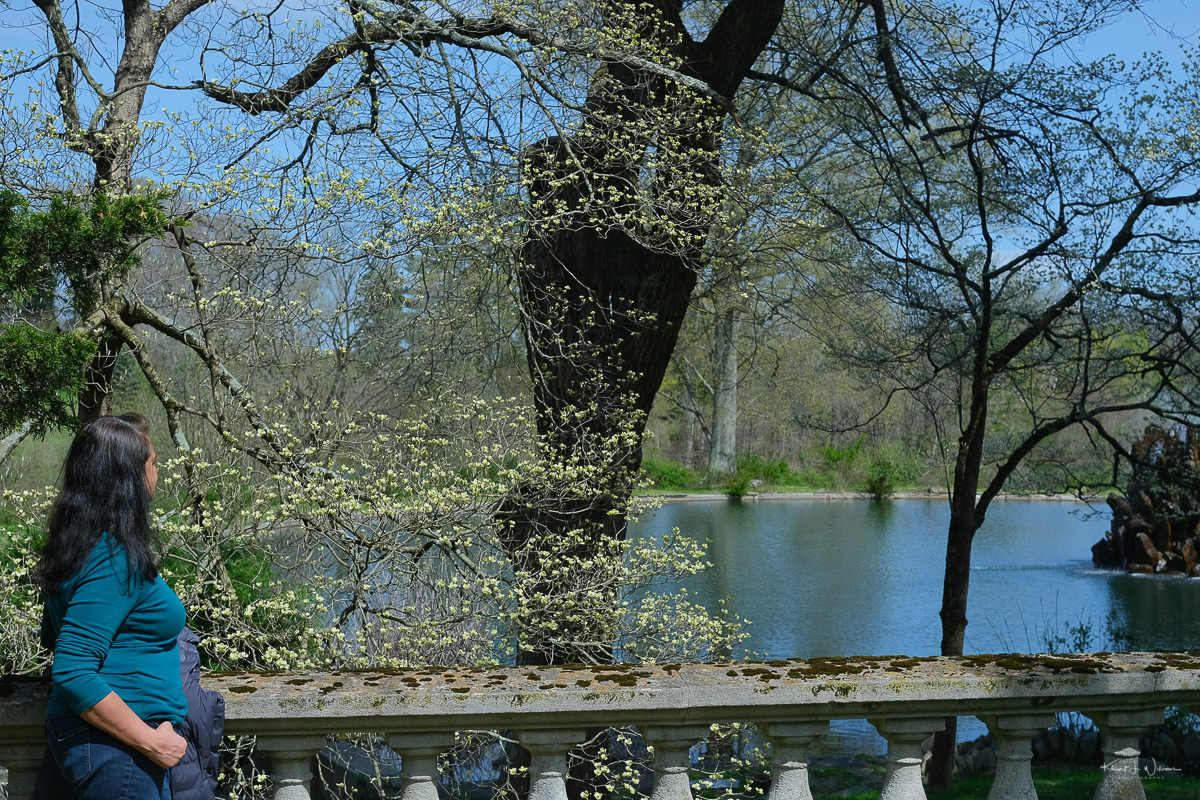
The Coach Barn clock tower has rustic walls made from fieldstone cut from local quarries. This building was completed in 1903. The Coach Barn contained stables for horses on one end and office space for J.B. Duke and the estate manager on the other end. On the second floor was an apartment used by a carriage coachman but, in modern times, an automobile chauffeur.
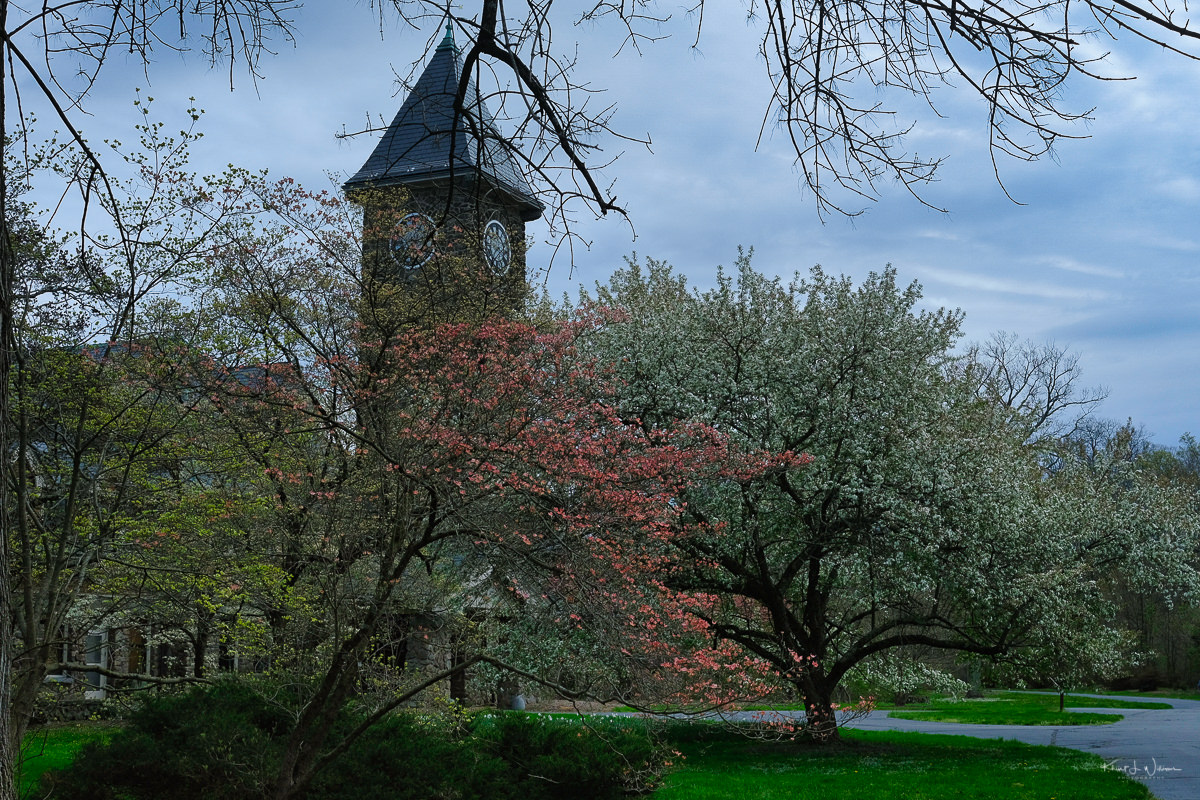
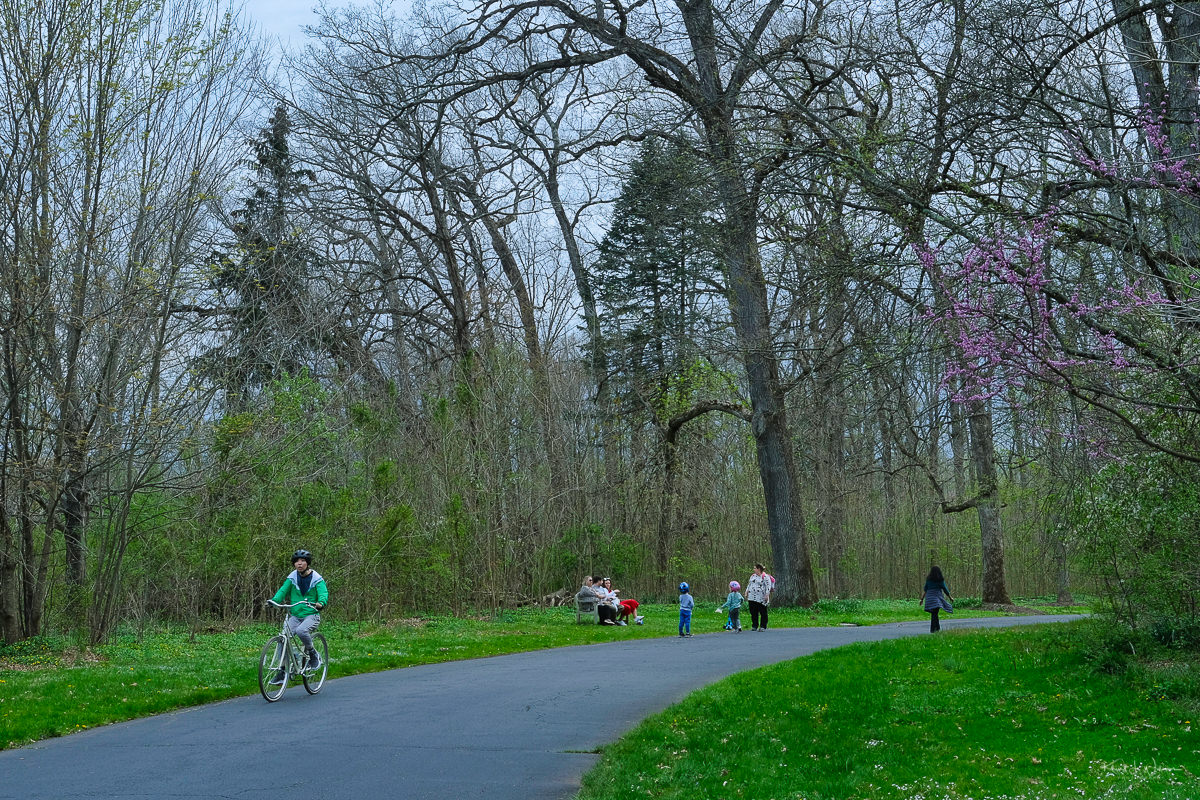
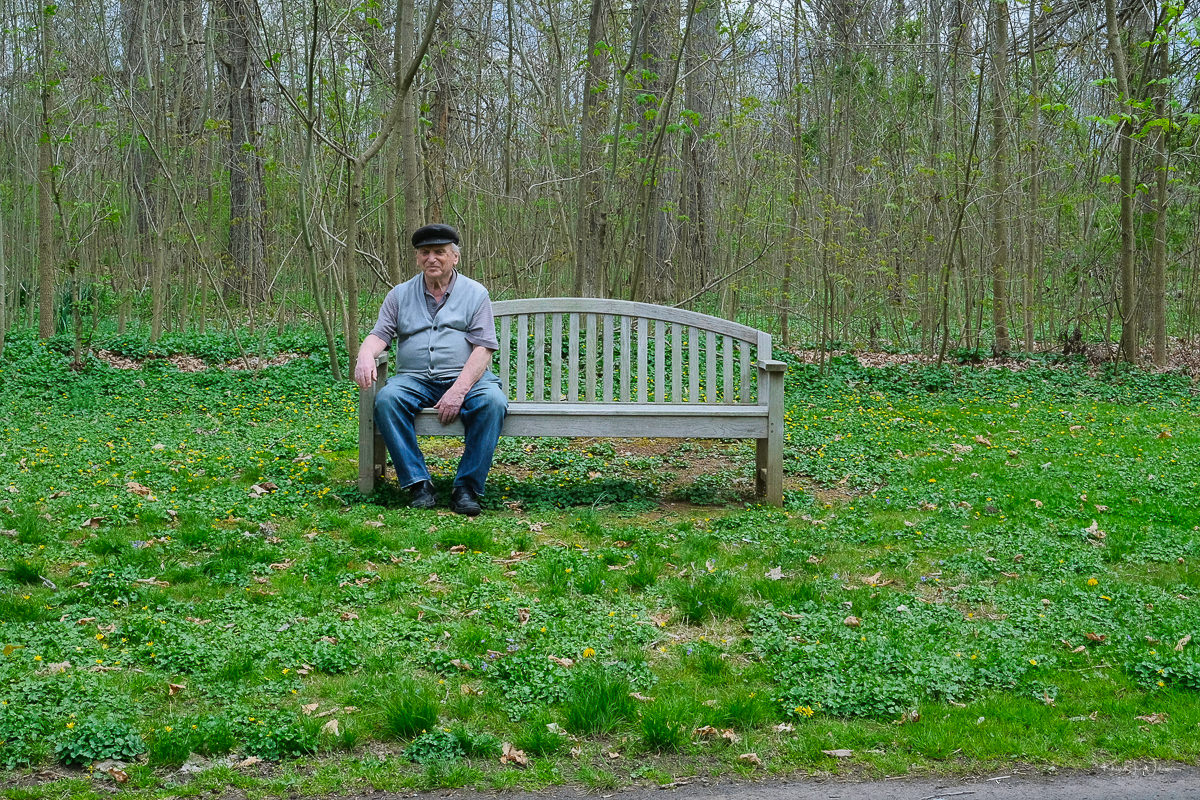
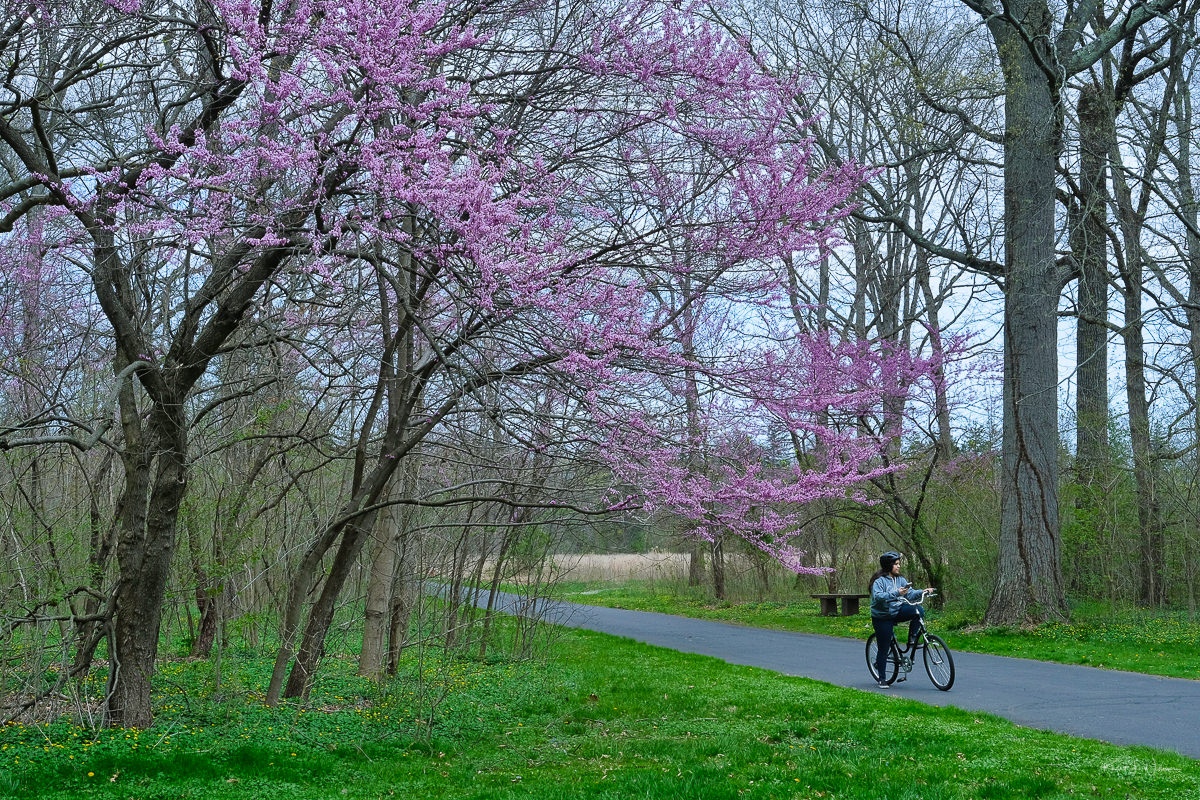
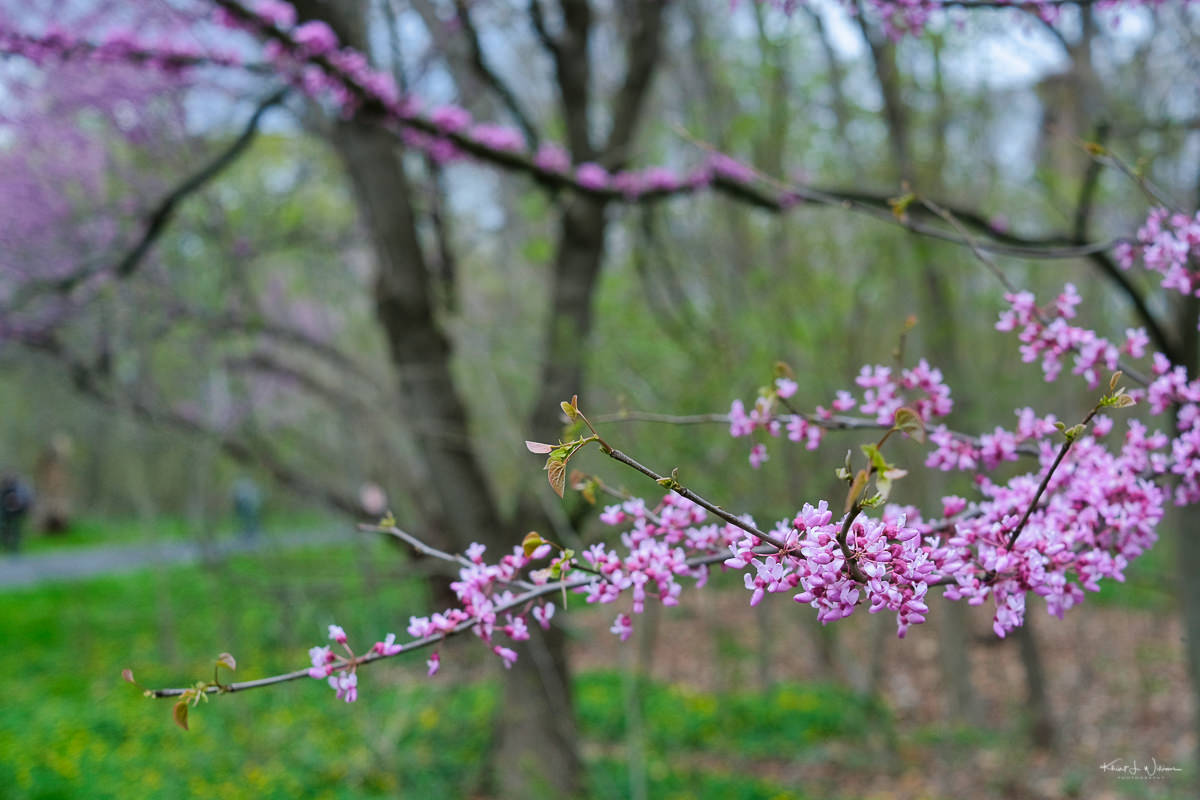
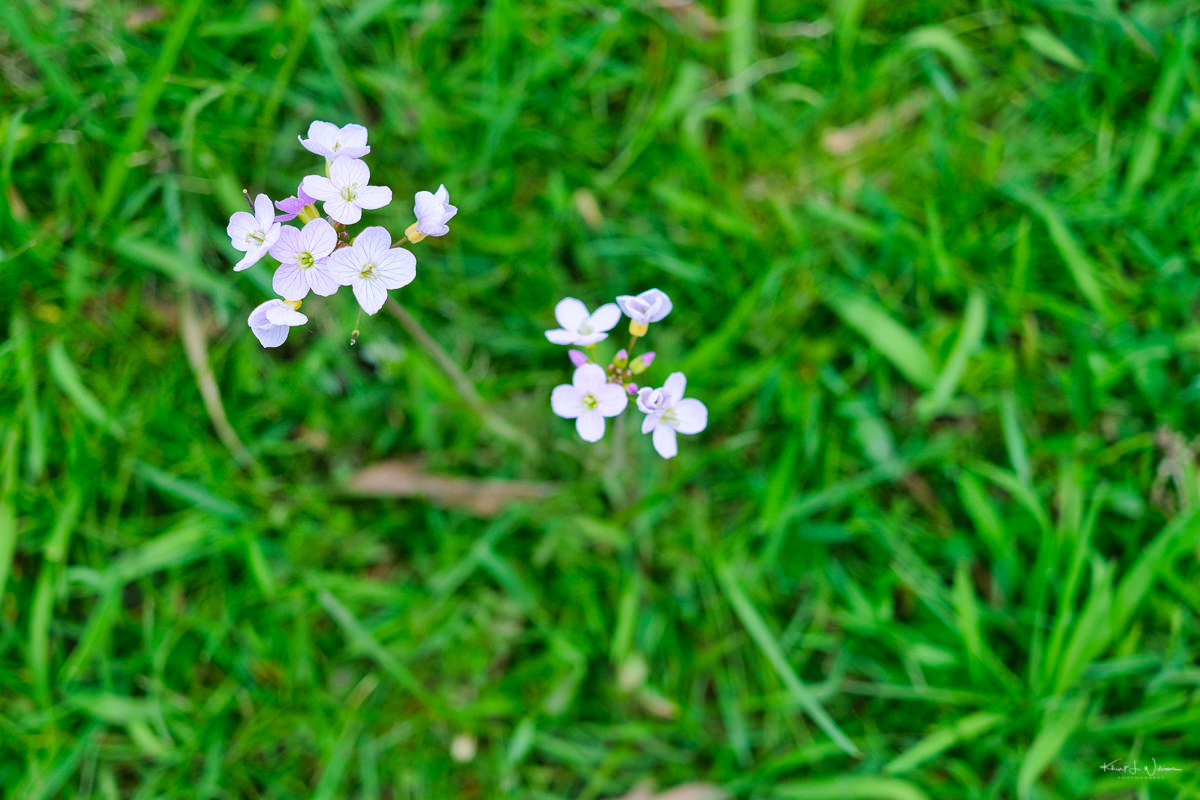
One of my favourite spots on the property is the Orchid Range, designed by Boston architects Kendall Taylor & Stevens. The indoor Tropical Orchid Garden is filled with a wide variety of orchid species from tropical regions, along with some of the magnificent orchids that have been cultivated at Duke Farms throughout its history. It's easily the most popular attraction on the property, and it can get quite crowded. I have spent hours photographing the orchids. We didn't visit the orchids on this trip.

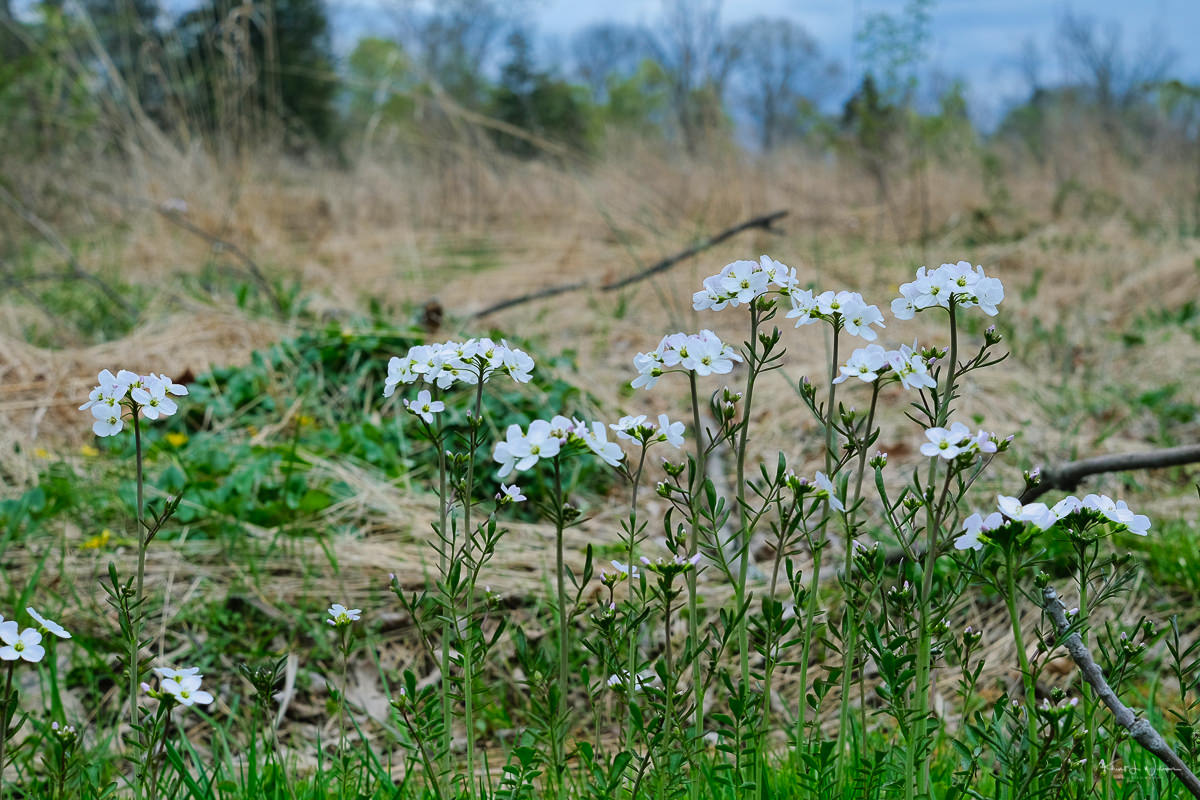
This week the Lens-Artists Challenge challenge is focused on the so-called "Rule of Thirds", a rule that Tina and Pablo Picasso agree is meant to be broken. Tina provides an easy-to-understand description of the rule of thirds.
Basically, the rule is a compositional guideline that encourages placement of your primary subject on at least part of three equal rows and three equal columns, as illustrated below.
I have nothing to add to Tina's description. While generally, I follow the rule of thirds, I often break the rule when I feel that the composition will have more impact. Sometimes, I crop the photographs in post-processing to improve the composition. I'm not sure all of the pictures I included from our walk follow the rule of thirds. Below are three examples showing the original SOOC JPEG image and the crop that I think closely aligns with the rule of thirds.


I had learned about composition and the rule of thirds in my college 35mm film photography course. Still, after decades of family photography with 35mm film and digital point-n-shoot cameras, I had lost this knowledge. A few years after I bought my first DSLR in 2006, wishing to regain lost ability and improve my skills, I attended a course on composition with photographer Frank Veronsky. Frank helped me regain that which was lost.
I was drawn to the couple on the park bench in the photograph above. The trees frame them, and the green of the grass is duplicated in the man's shirt. In the original picture, there are some extraneous branches in the upper right corner that I found distracting, and the positioning of the bench in the frame felt a bit off. With a little bit of cropping, the couple is moved to where the eye naturally falls, and the distracting branch is no longer in the frame.
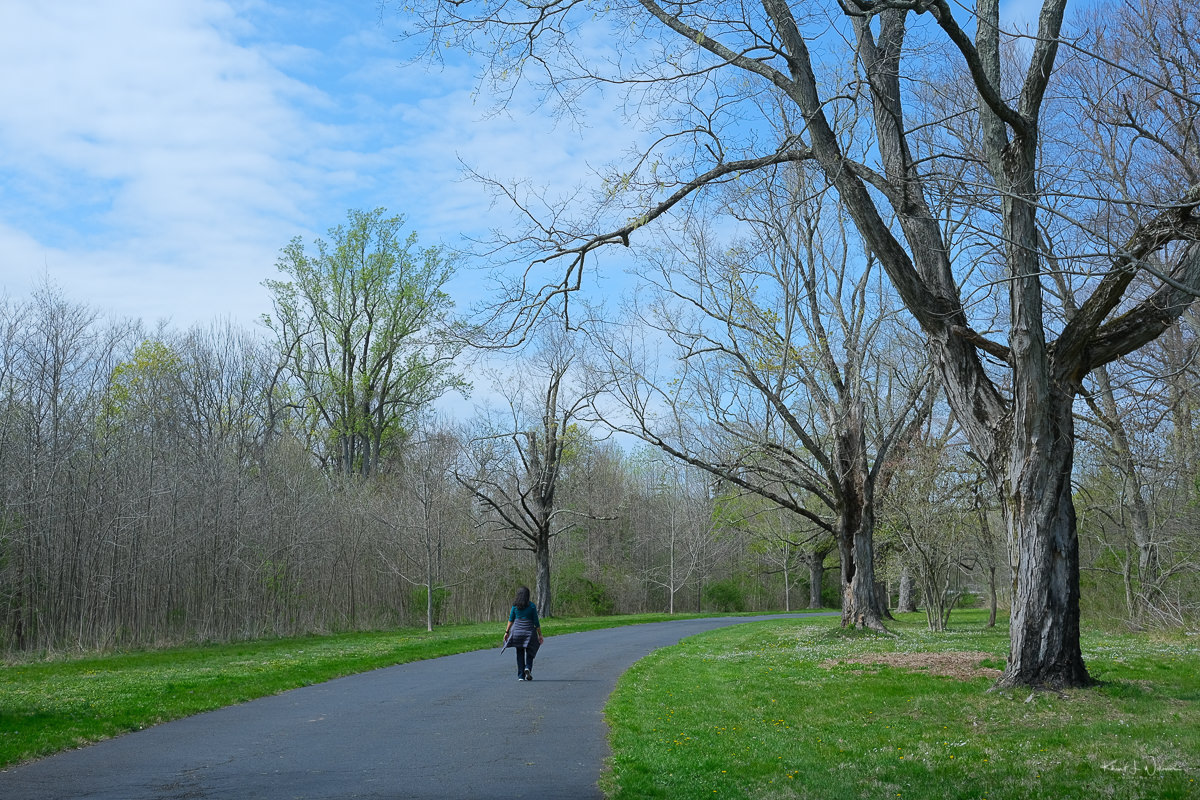
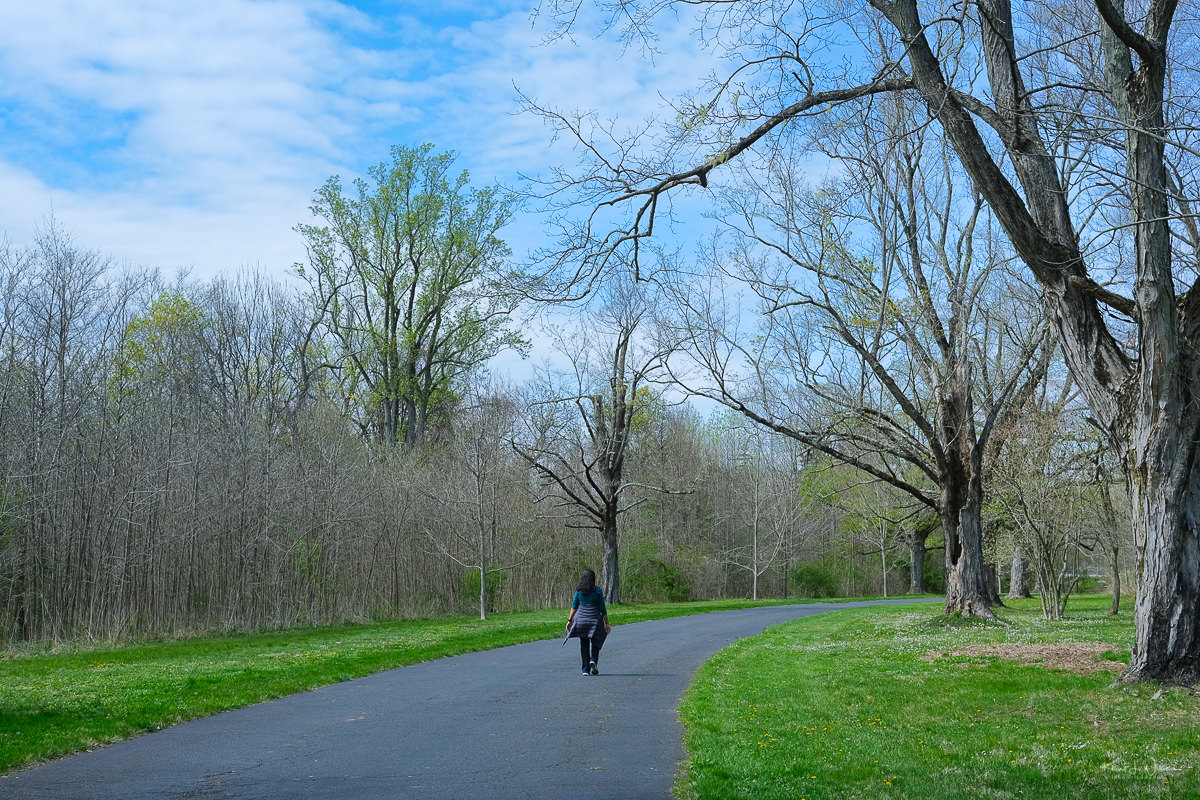
I wanted to capture the sense of walking, so I composed keeping in mind the leading lines of the paved pathway and following the rules of thirds. I think I included too many of the tree branches on the right in the original photograph. With a tighter crop on the right and the top, I think I have a stronger image that still adheres to leading lines and the rule of thirds concepts.

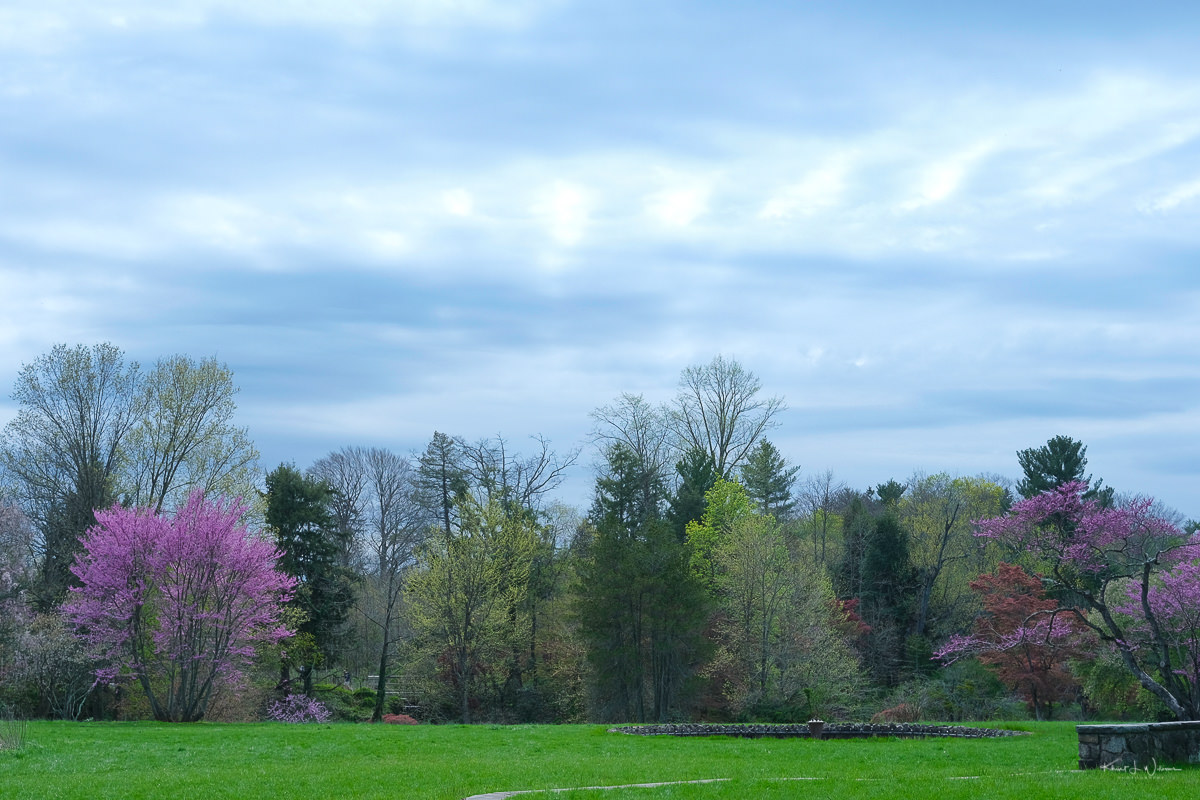
In the original image above, the space of the grass is a prominent feature. In the edit, the focus is on the sky and the colourful treeline. I think it makes for a more interesting composition.
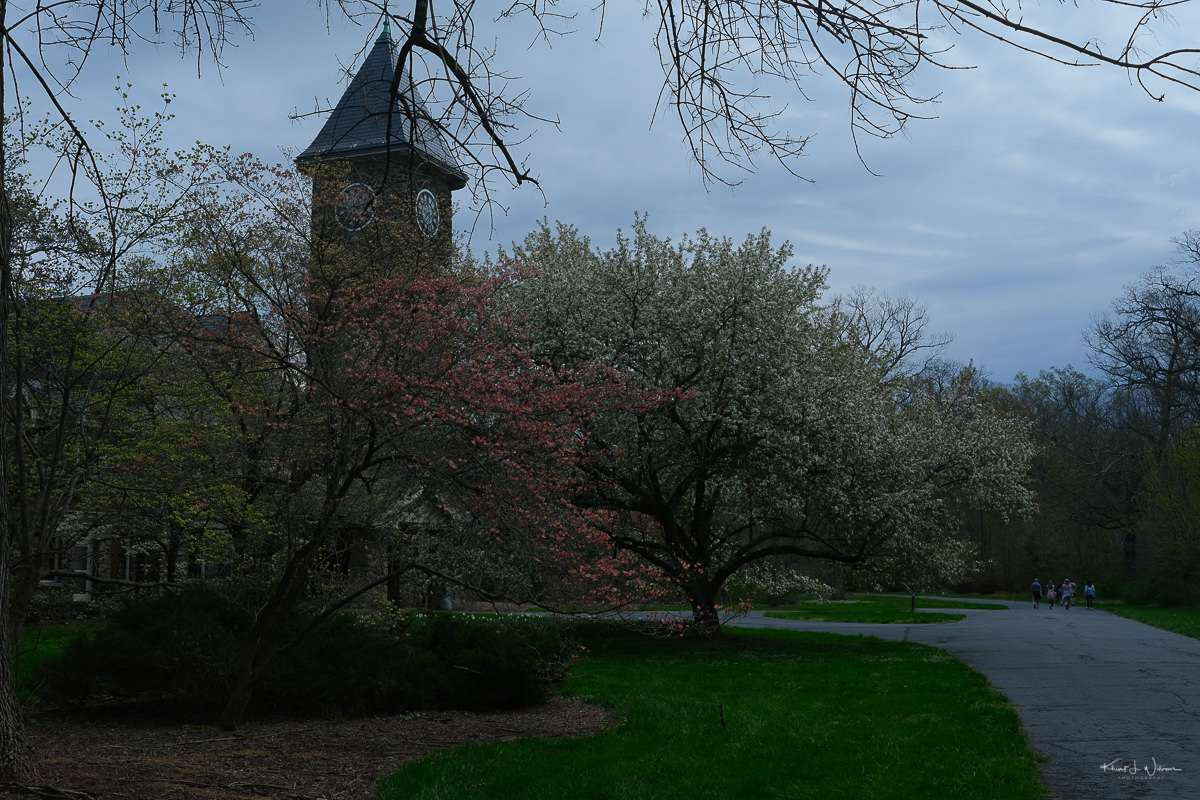

I included the family walking on the path in the original image to give the composition a sense of scale. The cropped edit is more balance and aligns with the rule of thirds, but I think the photograph has lost the sense of scale. This is one situation where I feel I must ignore the rule of thirds to achieve the original vision.
What are your thoughts? How do you focus (pun intended) on photography concepts when making images? When do you ignore the rules and follow your feelings?
